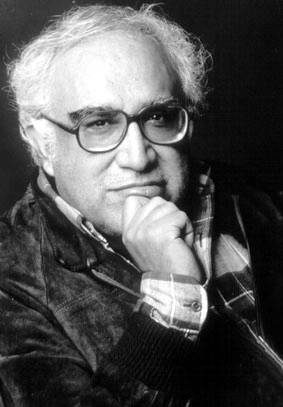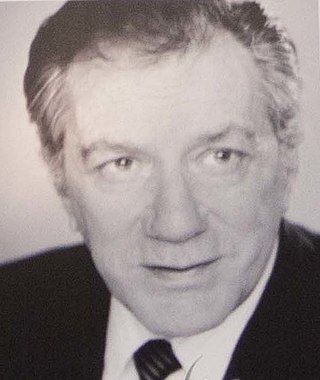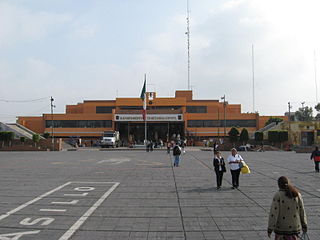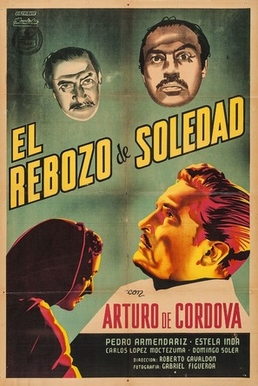Related Research Articles

Carlos Monsiváis Aceves was a Mexican philosopher, writer, critic, political activist, and journalist. He also wrote political opinion columns in leading newspapers within the country's progressive sectors. His generation of writers includes Elena Poniatowska, José Emilio Pacheco, and Carlos Fuentes. Monsiváis won more than 33 awards, including the 1986 Jorge Cuesta Prize, the 1989 Mazatlán Prize, and the 1996 Xavier Villaurrutia Award. Considered a leading intellectual of his time, Monsiváis documented contemporary Mexican themes, values, class struggles, and societal change in his essays, books and opinion pieces. He was a staunch critic of the long-ruling Partido Revolucionario Institucional (PRI), leaned towards the left-wing, and was ubiquitous in disseminating his views on radio and television. As a founding member of "Gatos Olvidados", Monsiváis wanted his and other "forgotten cats" to be provided for beyond his lifetime.
Club de Fútbol Ciudad de Murcia, usually abbreviated to Ciudad de Murcia, was a Spanish football club based in Murcia, in the namesake autonomous community. They played at the 16,000-seater Estadio de La Condomina.

Joaquín Cordero was a Mexican actor of the cinema, theatre and telenovelas.

Colombian literature, as an expression of the culture of Colombia, is heterogeneous due to the coexistence of Spanish, African and Native American heritages in an extremely diverse geography. Five distinct historical and cultural traditions can be identified, with their own socioeconomic history: the Caribbean coast, Greater Antioquia, the Cundinamarca-Boyacá Highlands, Greater Tolima and the Western Valley. Colombia produced one of the richest literatures of Latin America, as much for its abundance as for its variety and innovation during the 19th and 20th centuries. Colombian intellectuals who forged the literature of this period also contributed decisively to the consolidation of Latin American literature.

Nezahualcóyotl, or more commonly Neza, is a city and municipal seat of the municipality of Nezahualcóyotl in Mexico. It is located in the state of Mexico, adjacent to the east side of Mexico City. The municipality comprises its own intrastate region, Region IX.
El Carnero is the colloquial name of a Spanish language colonial chronicle whose title was Conquista y descubrimiento del Nuevo Reino de Granada de las Indias Occidentales del mar océano, y fundacion de la ciudad de Santafé de Bogotá, ... [also known as El Carnero de Bogotá]. It is a chronicle of history and customs written in 1636-1638 by Bogota-born Juan Rodríguez Freyle.

Paco the Elegant is a 1952 Mexican crime film directed by Adolfo Fernández Bustamante and starring Antonio Badú, Emilia Guiú and Carlos Cores. It was produced by Fernando de Fuentes. It was shot at the Tepeyac Studios in Mexico City. The film's sets were designed by the art director Javier Torres Torija.
Carlos Orellana Martínez was a Mexican actor, film director and screenwriter.
Cuando los hijos pecan also known as Cabaretera is a 1952 Mexican film. It was directed by Joselito Rodríguez and starring Meche Barba and Silvia Pinal.
La Calle de los amores is a 1954 Mexican film. It stars Carlos Orellana.
José Fuentes Mares National Prize for Literature is a Mexican literary award that has been presented annually since 1985 by the Universidad Autónoma de Ciudad Juárez. It is given to a Mexican author who has published a book in the form of short stories, poems or a novel. The award is named in honor of José Fuentes Mares.

Maldita Nerea is a Spanish pop/rock band.
This was the sixth edition of Los Premios 40 Principales, created by Los 40 Principales to honor the best in Spanish and international music. It was also the last to feature the national American categories, since Los Premios 40 Principales América would be created for 2012.

Soledad's Shawl is a 1952 Mexican western film directed by Roberto Gavaldón and starring Arturo de Córdova, Pedro Armendáriz, and Estela Inda. The film's sets were designed by the art director Salvador Lozano Mena. In the film, a doctor moves to a poor rural area where he falls in love with a peasant girl.

Where the Circle Ends is a 1956 Mexican crime film directed by Alfredo B. Crevenna and starring Sara Montiel, Raúl Ramírez and Nadia Haro Oliva. It was shot at the Churubusco Studios in Mexico City. The film's sets were designed by the art director Edward Fitzgerald.

Lola Casanova is a 1948 Mexican western film directed by Matilde Landeta and starring Meche Barba, Isabela Corona and Enrique Cancino. The film's sets were designed by Luis Moya.
Daniel Martín was a Spanish actor.

The Doorman, also known as Puerta, joven, is a 1950 Mexican comedy film directed by Miguel M. Delgado and starring Cantinflas, Silvia Pinal and Carlos Martínez Baena. It was shot at the Churubusco Studios in Mexico City. The film's sets were designed by the art director Gunther Gerszo.